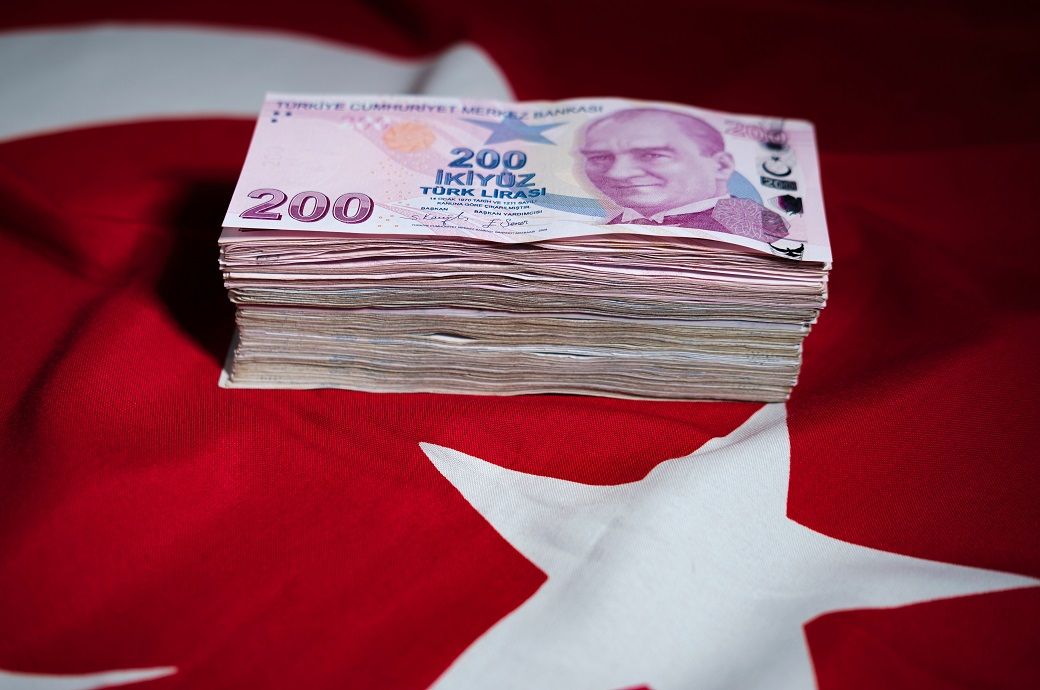
The consumer price index (CPI)-based real effective exchange rate (REER) fell to 72.12 in April—down by 1.55 points from the previous month, CBRT said.
This figure suggests that domestic inflation was not fully offset by gains in the nominal exchange rate, resulting in further loss of real purchasing power abroad, a domestic media outlet reported.
The producer price index (PPI)-based REER also dropped by 2.34 points to 93.22. The sharper fall indicates that goods manufactured in the country have become relatively cheaper in global markets, reinforcing export appeal but also highlighting the lira’s underlying weakness.
The central bank attributed the fall in both indexes to the nominal appreciation of major foreign currencies outpacing domestic inflation.
The REER against developing countries decreased to 59.82, while the REER against developed countries fell to 78.63. This suggests that Turkish exports have gained further price competitiveness, particularly in developing markets, but it also reflects broader depreciation in real terms.
The country’s annual inflation rate, which has been declining over the past year, fell slightly to 37.9 per cent from 38.1 per cent in March. However, it remains above CBRT’s forecast of 24 per cent (with a forecast range of 19-29 per cent).
The five-year average inflation for April in the 2003-based index was 3.1 per cent, indicating no meaningful base effect this year.
PPI was 2.8 per cent month on month (MoM), driven primarily by food products, textiles and metals, while there was a drop in the annual change to 22.5 per cent YoY versus a month ago.
The 6.5 per cent MoM and 3.9 per cent MoM increases in the currency basket (50:50 EUR:USD) in March and April, respectively, showed an acceleration compared to previous months and signalled that the pass-through from exchange rates to prices has been more pronounced lately, according to Dutch multinational banking and financial services corporation ING Group.
However, the year-on-year lira increase remained relatively muted at less than 23 per cent, implying that cost pressures have been contained. This has contributed to a more favourable trend in Turkish lira -denominated import prices along with benign commodity prices, given the large drop in April.
Core inflation rose by 3.3 per cent MoM in April, bringing the annual rate down to 37.1 per cent.
The clothing sector pulled the headline up by 0.37 percentage point. However, annual inflation in this group has remained low at 16.9 per cent.
Consequently, goods inflation inched up to 30.8 per cent YoY in April, while core goods inflation–considered a better indicator of the trend–stood at 20.3 per cent YoY.
ALCHEMPro News Desk (DS)
Receive daily prices and market insights straight to your inbox. Subscribe to AlchemPro Weekly!